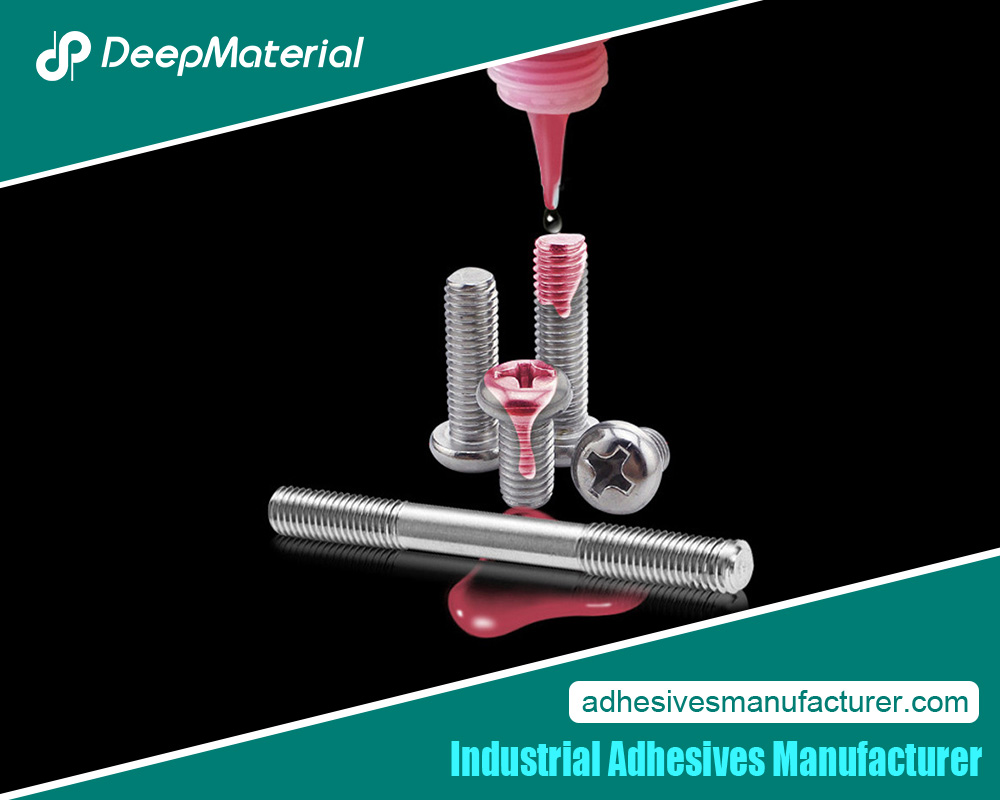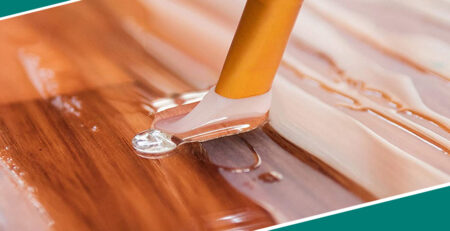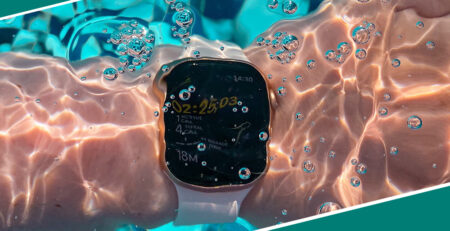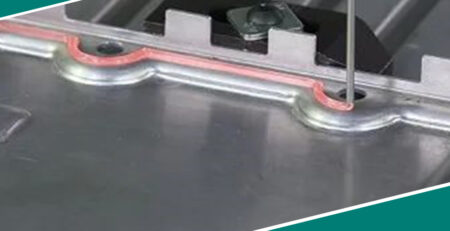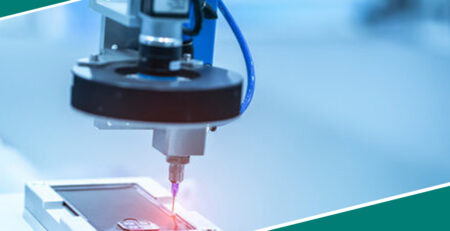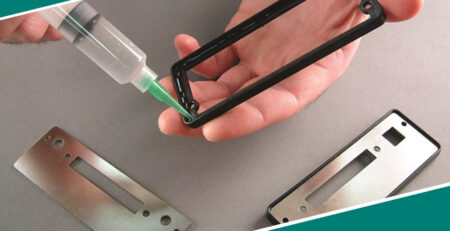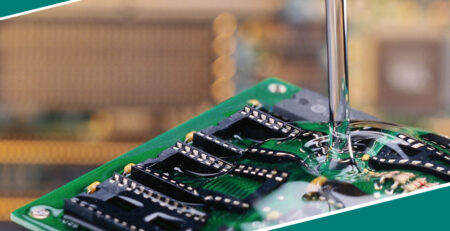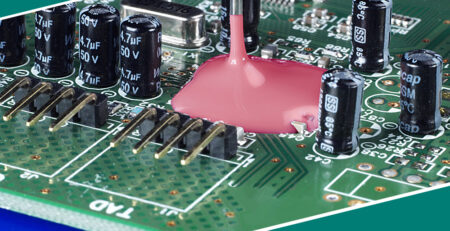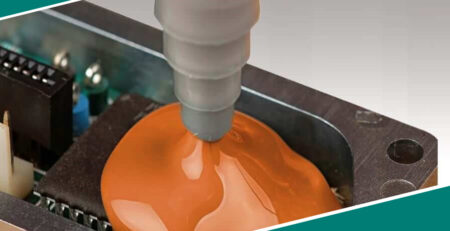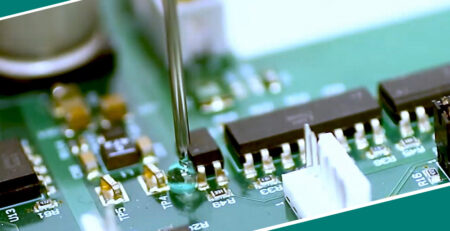Two-Component Epoxy Adhesive: Properties, Uses, and Benefits
Two-Component Epoxy Adhesive: Properties, Uses, and Benefits
Two-component epoxy adhesive, often referred to as 2K epoxy, is a high-performance bonding solution that has revolutionized industries across the globe. Comprising two separate components, a resin, and a hardener, this adhesive offers superior strength, durability, and resistance to environmental factors compared to other adhesives. These characteristics make it indispensable in sectors like automotive, aerospace, construction, electronics, and even for DIY applications.
This article will explore the properties, uses, benefits, and challenges of using a two-component epoxy adhesive. It will also examine why it has become the go-to bonding agent for various industries.
Composition and Working Mechanism
The two critical components of a two-component epoxy adhesive are epoxy resin and hardener (often an amine). When mixed, these components undergo a chemical reaction known as polymerization, transforming the liquid or viscous resin into a solid, durable bond.
- Epoxy Resinis a liquid polymer containing an epoxide group, which is responsible for its strong bonding properties. The resin is usually clear or slightly yellowish and designed to adhere to a wide variety of materials.
- Hardener: The hardener contains curing agents that trigger the polymerization of the epoxy resin. Its formulation can vary depending on the intended application, affecting the final mechanical properties of the adhesive, such as flexibility, temperature resistance, and curing time.
The ratio of resin to hardener is crucial for obtaining the desired performance. Incorrect ratios may result in weak bonding or failure to cure correctly. Once the two components are mixed, the adhesive begins to heal, and within a specified time frame, it forms a robust and rigid bond.
Curing Process
The curing process of two-component epoxy adhesives can be tailored to meet different needs. Depending on the formulation, the curing time can vary from just a few minutes to several hours, and curing temperatures can range from room temperature to elevated heat conditions. Faster curing adhesives are ideal for applications requiring quick fixes, while slower epoxies allow better handling time and manipulation before the bond sets.
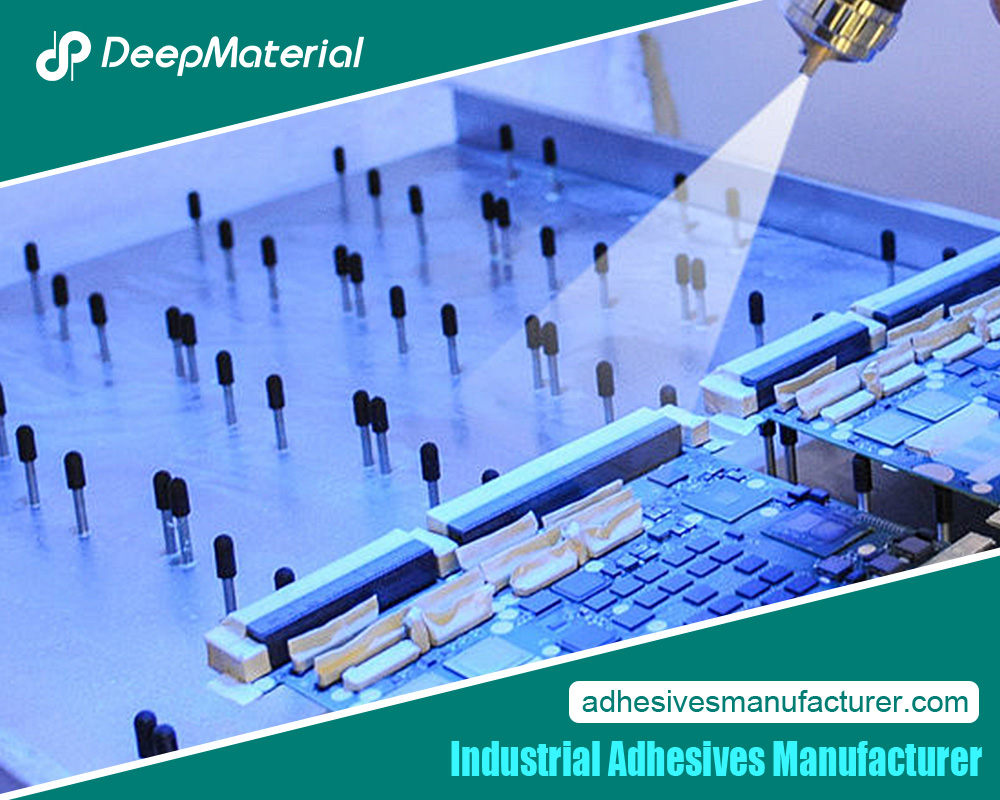 Critical Properties of Two-Component Epoxy Adhesive
Critical Properties of Two-Component Epoxy Adhesive
Two-component epoxy adhesives are known for their mechanical strength, chemical resistance, and thermal stability, making them ideal for demanding applications. Some of the fundamental properties include:
- High Bond Strength: The cured epoxy forms a bond that is often more robust than the materials it joins. It can adhere to various substrates, including metals, ceramics, plastics, wood, and glass.
- Chemical Resistance: Epoxies are highly resistant to acids, alkalis, solvents, and fuels. This property makes them ideal for applications in harsh chemical environments, such as chemical processing plants and automotive engines.
- Temperature Resistance: Depending on the formulation, two-component epoxies can withstand extreme temperatures, from cold to scorching heat. Some formulations can handle temperatures as high as 150°C to 200°C (302°F to 392°F).
- Durability and Flexibility: Once cured, the adhesive remains durable over time, resisting wear, impact, and vibration. Some epoxies can be flexible, absorbing stress and vibration without cracking.
- Electrical Insulation: Epoxy adhesives are excellent insulators, making them popular in the electronics industry for potting, encapsulating, and protecting delicate electronic components from moisture and environmental contaminants.
- Water and Moisture Resistance: Once cured, most two-component epoxies are water-resistant, which adds to their versatility in marine applications or other environments where moisture is a concern.
- Customization: Manufacturers can customize two-component epoxy adhesives to meet specific application needs, such as faster curing times, higher temperature resistance, or enhanced flexibility.
Typical Applications of Two-Component Epoxy Adhesive
Due to its versatile properties, two-component epoxy adhesive is widely used in numerous industries for both large-scale industrial applications and small DIY projects. Here are some of the most common applications:
Automotive Industry
Epoxy adhesives are used in the automotive sector to bond various components such as engine parts, body panels, and structural elements. Their ability to withstand high temperatures and mechanical stress makes them ideal for automotive repairs, especially in high-performance or racing vehicles where weight reduction and strength are critical.
Aerospace
Epoxy adhesives play a crucial role in aerospace applications, where they bond lightweight composite materials, aluminum, and other metals in aircraft manufacturing. Their high strength and resistance to environmental factors make epoxies the perfect solution for bonding in critical areas like fuselage joints and wing structures.
Construction
In construction, two-component epoxies are used for structural bonding, such as in the assembly of prefabricated parts, concrete repair, and securing steel reinforcements. Their chemical resistance and high bond strength ensure long-lasting repairs and bonding in structures subjected to stress, vibration, and temperature fluctuations.
Electronics
Epoxy adhesives are widely used in electronics to encapsulate and protect delicate components. They provide insulation and protect against moisture, dust, and chemicals, making them ideal for use in circuit boards, sensors, and connectors.
Marine Applications
Due to their water and corrosion resistance, epoxy adhesives are often used in boat building and marine repair. They bond well to wood, fiberglass, and metal, making them an essential adhesive for constructing hulls, decks, and other marine components.
DIY and Household Repairs
Two-component epoxy adhesives are famous for various household applications, from repairing broken furniture to bonding ceramics, glass, and metals. Their versatility and availability in different curing times make them ideal for hobbyists and home improvement enthusiasts.
Advantages of Using Two-Component Epoxy Adhesive
Versatile Bonding Capabilities
One of the most significant advantages of a two-component epoxy adhesive is its ability to bond various materials. Whether you’re joining metals, plastics, glass, or ceramics, this adhesive provides a durable bond suitable for both load-bearing and non-load-bearing applications.
Long-Lasting Durability
Epoxy adhesives are known for their resistance to wear and tear, which ensures a long-lasting bond even in demanding environments. Their resistance to chemicals, moisture, and temperature extremes further enhances their durability.
Tailored Curing Time
Unlike one-component adhesives that require specific curing conditions (e.g., heat), two-component epoxy adhesives offer greater flexibility in curing times and temperatures. This allows manufacturers and users to choose the optimal curing conditions to suit their needs, ensuring an efficient and reliable bond.
Enhanced Structural Integrity
Two-component epoxy adhesives enhance the structural integrity of bonded materials, helping to distribute stresses evenly across the bond line. This characteristic makes them ideal for applications that require high strength, impact resistance, and durability.
Environmental Resistance
Epoxies’ resistance to environmental factors such as moisture, chemicals, and extreme temperatures makes them perfect for outdoor use or harsh industrial environments. These adhesives maintain their properties over time, ensuring the bond remains intact even under challenging conditions.
Challenges and Limitations
Despite its numerous advantages, the two-component epoxy adhesive does have some challenges and limitations that need to be considered:
Precise Mixing Requirements
Achieving the correct ratio of resin to hardener is crucial to ensure optimal performance. An incorrect mix can result in a weak bond, incomplete curing, or a brittle adhesive. Automated mixing systems can help alleviate this challenge in industrial settings, but for smaller applications, care must be taken to follow manufacturer guidelines.
Long Curing Time
While the curing time can be customized, some epoxy formulations require an extended curing period, which may be a drawback in applications where speed is essential. Fast-curing epoxies are available but may compromise other properties, such as flexibility or heat resistance.
Brittleness in Some Applications
Some two-component epoxy adhesives, especially those designed for high-temperature resistance, can become brittle when fully cured. This can pose problems in applications that involve significant vibration, impact, or flexing.
Surface Preparation
Proper surface preparation is critical when using epoxy adhesives. Surfaces must be cleaned, roughened, or treated to ensure optimal bonding. Contaminants such as oils, dirt, and moisture can significantly reduce the adhesive’s effectiveness.
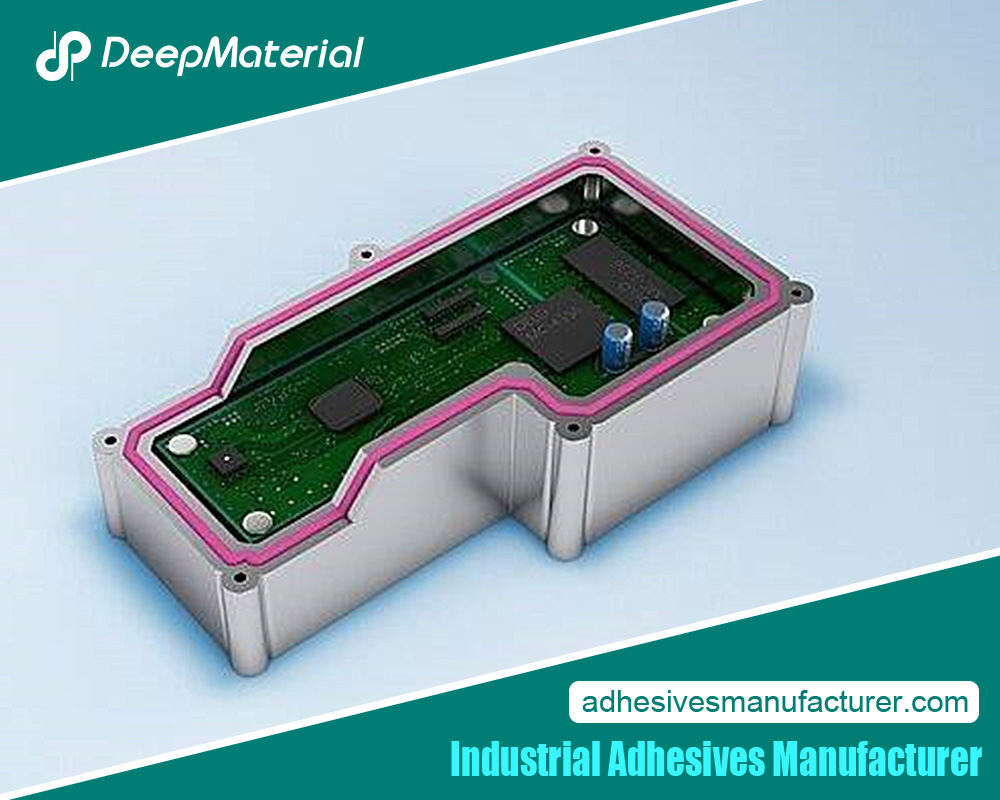 Conclusion
Conclusion
Two-component epoxy adhesives are versatile and powerful bonding solutions in various industries, from automotive and aerospace to electronics and construction. With their superior mechanical properties, resistance to chemicals and environmental factors, and customizable curing options, they are ideal for applications requiring robust, durable, and long-lasting bonds.
While they may have some limitations, such as precise mixing requirements and potential brittleness, these challenges can be mitigated with proper handling and choosing the correct formulation for the specific application. Overall, two-component epoxy adhesives are critical in advancing technology and enhancing product performance in multiple fields.
For more about a complete guide to two-component epoxy adhesive: properties, uses, and benefits, you can pay a visit to Deepmaterial at https://www.adhesivesmanufacturer.com/ for more info.

